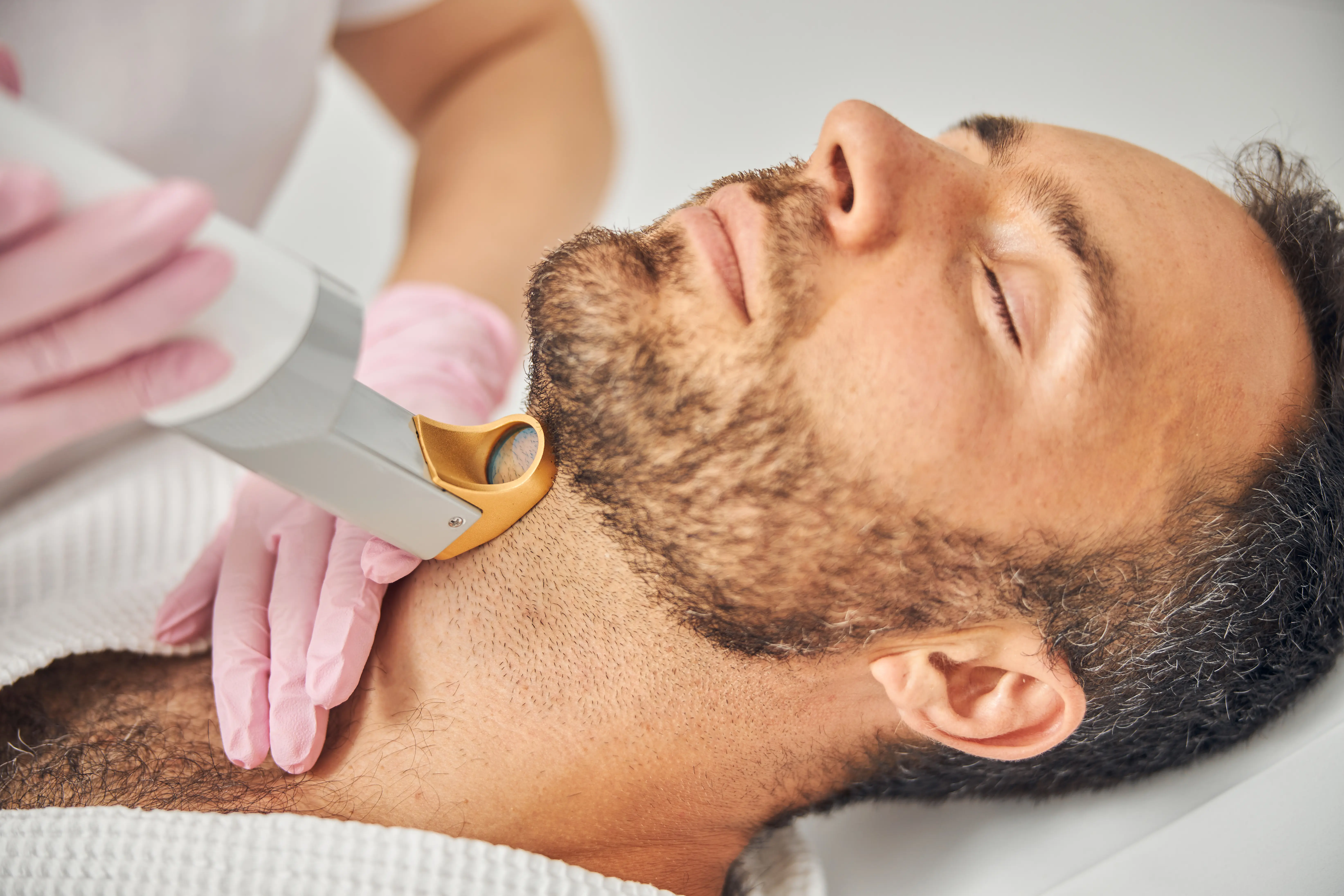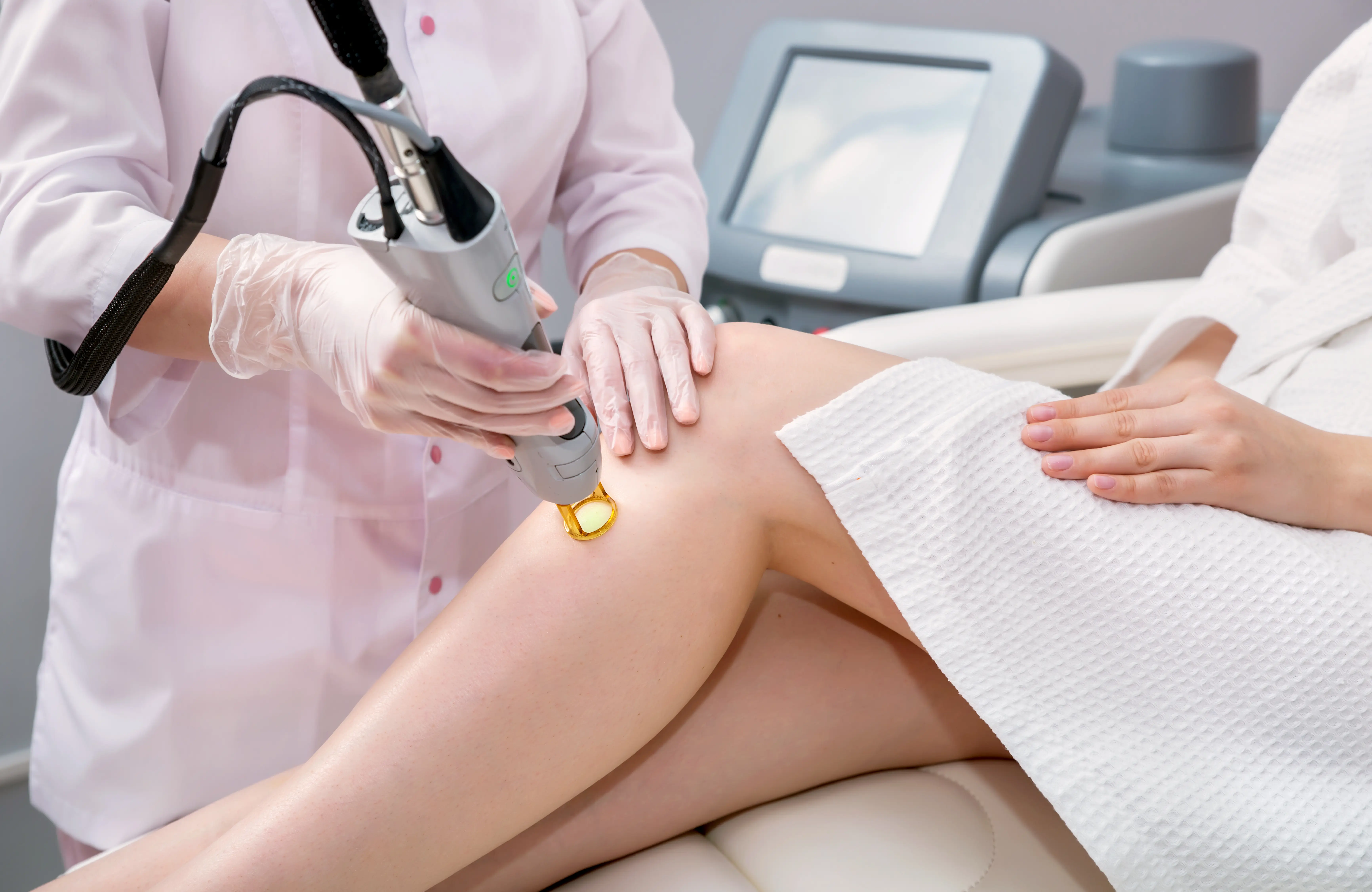Step-by-Step Guide: Performing Laser Hair Removal Treatment at Skiin Ace Clinic
Laser hair removal treatment is an increasingly popular cosmetic procedure dermatologists perform to remove unwanted hair from various body parts. This treatment is a safe and long-term solution to unwanted hair; here's how it usually works:
Consultation: Before your laser hair removal treatment in Bandra, you will meet with your dermatologist for a consultation appointment . During this meeting, they will assess your skin type, hair type and medical history to ascertain if laser hair removal is appropriate for you. Also, go over every step of the process in depth while answering any of your queries or providing clarification as necessary.
Preparation: Before treatment, you will be advised to avoid direct sunlight and tanning beds for at least several weeks and waxing, tweezing or plucking of hair for several months. Furthermore, the area to be treated will be thoroughly cleansed and shaved before the procedure for more details contact us today.
Applying the Laser: Once the area has been prepared for laser treatment, our Technicians will apply a cooling gel that helps protect the skin and minimize discomfort during the procedure. We then use a handheld laser device that emits concentrated beams of light absorbed by hair follicles, damaging and inhibiting future hair growth through absorption by their targeted laser device.
Cooling and Soothing: After each laser pass, a cooling device or gel may be applied to soothe skin discomfort and reduce discomfort. This process continues until all treatment areas have been covered.
Post-Treatment Care: Once the treatment is over, our dermatologist will instruct you on how to care for your skin post-procedure. This may involve avoiding direct sun exposure, applying soothing cream or lotion and avoiding activities which might lead to sweating or cause any other irritation to the treated area.
Laser hair removal is a gradual process and usually requires multiple sessions before reaching desired results. The number of sessions needed depends on the area being treated and an individual's hair type and skin colour.

- Do's:
- Don'ts:
Research: When selecting a laser hair removal clinic in Bandra, conduct your due diligence by researching reviews and ratings of both the clinic and doctors offering treatments. Make sure it uses FDA-approved laser technology and has trained professionals.
Consultation: Arrange for a consultation with our physician or technician before beginning treatment to address questions and concerns. Your doctor will also assess your skin type and texture to identify an ideal course of treatment.
Prep Work: Before beginning treatment, shave the area being addressed. Waxes or plucking may damage hair follicles and decrease the effectiveness of treatment; additionally, avoid sun exposure and tanning beds at least two weeks prior.
Follow post-treatment instructions: After your treatment, be sure to heed any post-treatment recommendations given by a doctor or technician, such as limiting sun exposure, applying aloe vera gel or cooling cream as instructed, and avoiding hot showers or baths.
Do not expect immediate results: Laser hair removal is an ongoing process, and you should expect it to take several sessions before seeing a significant reduction in hair growth. Don't expect significant hair reduction after just one visit!
Avoid Skipping Sessions: In order to reach optimal results, it's crucial that all sessions suggested by your physician are attended in full. Skipping sessions could delay results and reduce their efficacy, delaying results further or decreasing the effectiveness of treatment.
Do not expose treated areas to direct sunlight: Following treatment, avoid direct sun exposure as prolonged sun exposure can lead to hyperpigmentation and skin damage, potentially increasing hyperpigmentation levels further and potentially leading to hyperpigmentation or other forms of skin discolouration.
Do not pluck or wax after treatment: Plucking or waxing the hair after the treatment could damage hair follicles and reduce its effectiveness, potentially damaging them further.

